What to expect
Preparing for your vaginal birth
When you go home
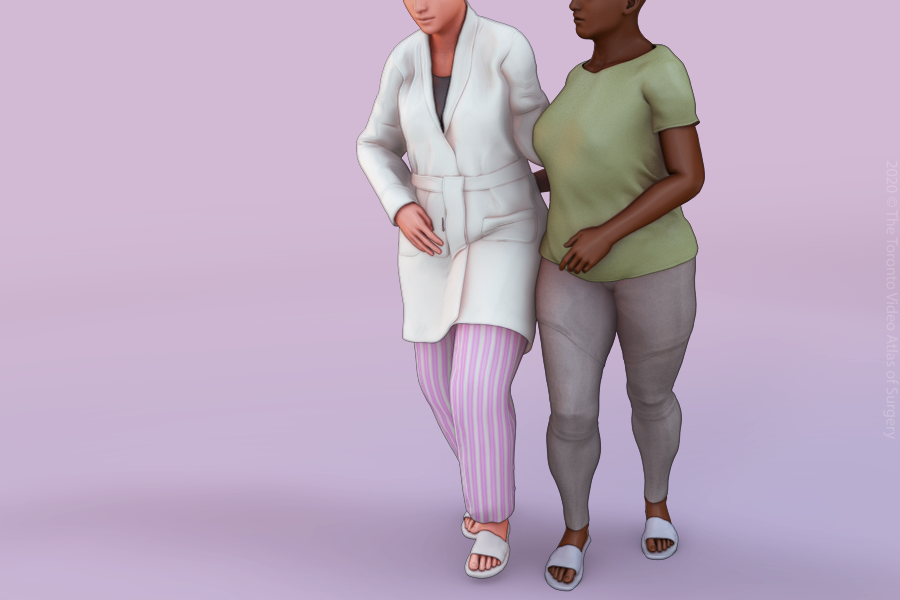

Coming home with a new baby can be an overwhelming time. It is normal to feel tired and to experience some pain as you heal.

Temporary low mood is normal as you adapt to these changes; however, if you or your family notice that your mood is persistently low, you should reach out to a health care provider.

You will be encouraged to rest, take pain medication, and walk around to promote healing.

You can shower and perform activities as needed.

If you had a tear that required stitches, sitz baths can aid in healing. Ice packs can also be helpful to decrease swelling in the first few days.

You will experience vaginal bleeding following your birth. Bleeding may last until 6-8 weeks and may change color from bright red, to brown, to yellow.

Breastfeeding may be challenging at first. Breast engorgement is common in the first few days postpartum. Ibuprofen, acetaminophen, hot showers, nipple ointments, and cabbage leaves can be helpful.

Hemorrhoids are common after birth. Sitz baths, ointments, avoiding constipation and sitting on a padded ring can help with discomfort.

Constipation is common following birth, especially while breastfeeding. It is important to keep your bowel movements soft with adequate fluid intake, fibre, and stool softeners as needed.

It is very common to shed hair following a birth. This is related to hormonal changes and will resolve spontaneously.
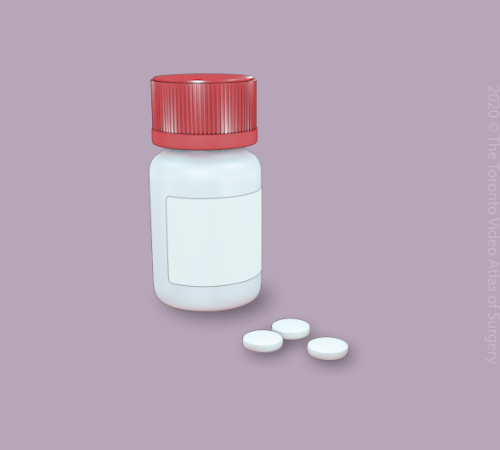

You will be encouraged to take acetaminophen (Tylenol) and ibuprofen (Advil) or naproxen (Aleve) for the first few days after your birth.

Some women need stronger pain medications (narcotics), which can be prescribed before you leave the hospital.

You should call your care provider if you experience:

Heavy vaginal bleeding requiring you to change your pad every hour for more than two hours.

Foul smelling vaginal discharge.

Redness, worsening pain, or opening in the area at your stitches.

Persistent temperature over 38 degrees Celsius.

Chest pain and/or worsening shortness of breath.

Severe leg pain, redness, and swelling (usually one leg).

Severe pain that is not improved with your usual pain medications.

Persistent headache or vision changes.

Redness, swelling or unusual discharge in one or both breasts.
If you have concerns about your baby, please call your baby’s healthcare provider.
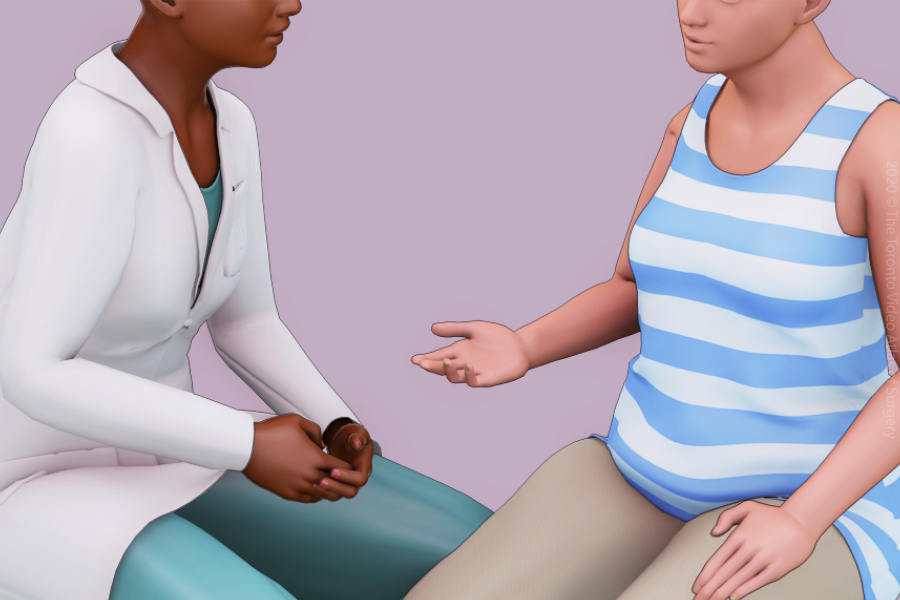

You should see a healthcare provider after 6 weeks for a routine post delivery visit.

At this visit, your practitioner will ask you how you are feeling, assess your mood and how you have adapted to life at home with a new baby.

Your practitioner may examine you to check for appropriate healing and you may also have a Pap test (if you are due).

Your practitioner will also talk to you about contraception.

This can also be a good time to ask questions about future pregnancies, mood or feeding concerns.
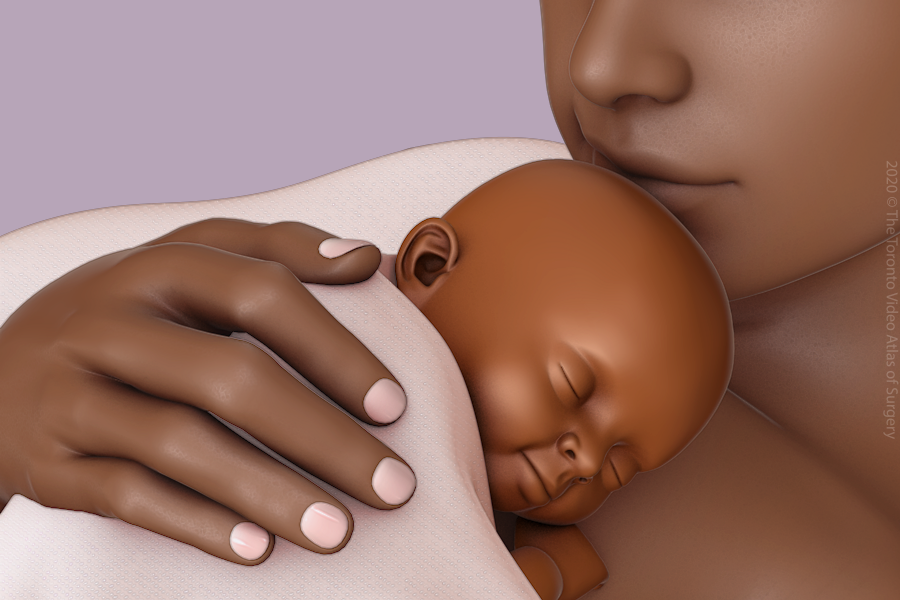

Although this is a very exciting time for you, it can also be filled with many challenges.

It is common for women to feel sad and/or overwhelmed during this time.

However, if you notice that you are feeling sad/lonely/angry and/or not enjoying spending time with your baby, these may be signs of postpartum depression.

Please contact your care provider as soon as possible for an assessment.
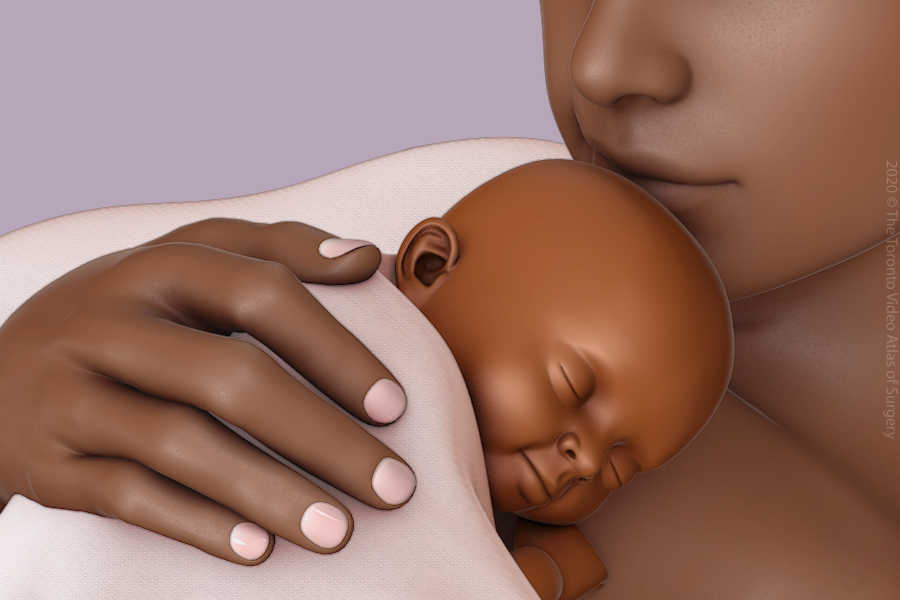

Although this is a very exciting time for you, it can also be filled with many challenges.

It is common for women to feel sad and/or overwhelmed during this time.

However, if you notice that you are feeling sad/lonely/angry and/or not enjoying spending time with your baby, these may be signs of postpartum depression.

Please contact your care provider as soon as possible for an assessment.